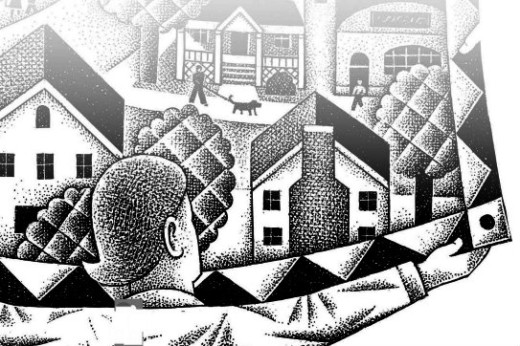Read an excerpt from this article below. You can download the full article by using the link at the end of the excerpt.
The term “New Urbanism” was coined several years ago by designers, planners, builders, developers, and public officials promoting an alternative to the single-purpose developments that have predominated for the past 50 years. As a label, “New Urbanism” has its problems. New Urbanism’s ideas are, in truth, not terribly “new,” nor do they apply only to “urban” areas.
But regardless of the name’s deficiencies, this is a planning movement worth knowing about, one that tries to remedy serious defects in development patterns. The most basic of these defects has to do with the character of the subdivisions we’ve been building since the Second World War.

- Why do we lay out subdivisions that make it impossible for a ten-year-old to walk to the store for a Popsicle or a loaf of bread?
- Why are streets and land uses in postwar suburbs arranged so that everyone has to have a car to reach even the most routine daily destinations?
- Wouldn’t it be better if everyday necessities were easy to reach and if the streets and sidewalks were designed as convivial places for meeting friends and neighbors?
The central argument of the New Urbanists is that the country made a costly mistake in rigidly separating housing, retailing, employment, and other land uses and in conceiving the streets almost solely as passageways for motor vehicles. The New Urbanists want communities to have the walkable character that was widespread before the car became the all-conquering king. The assumption is that if public spaces — especially streets and sidewalks — can be made enticing, residents will become more involved in neighborhood and public life, and spur a reinvigoration of community activity.
Traditional Neighborhood Development is the New Urbanists’ chief means for accomplishing this. But New Urbanism is also concerned with development at a scale beyond that of the neighborhood. At its most ambitious, New Urbanism seeks to reshape the region, tying diverse neighborhoods into a metropolitan structure offering convenient mass transit, preserving important landscape features, and providing greater opportunities for people now stuck in poor, depressed neighborhoods. …
End of excerpt
You must be logged in or a PlannersWeb member to download this PDF.